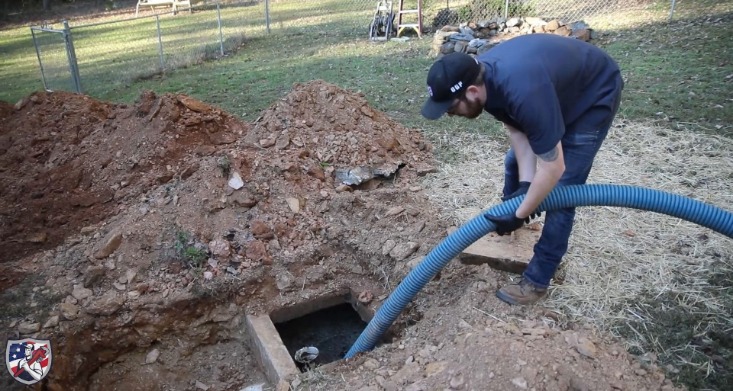Selective Catalytic Reduction (SCR) systems keep modern diesel vehicles clean and compliant, but when warning lights, limp mode, or countdown-to-no-start messages appear, owners start exploring options. Some drivers look into Adblue Delete, others consider Nox Delete, and brand-specific searches like Peugeot Adblue Delete or Mercedes Adblue delete often crop up when faults persist. Understanding the trade-offs, the legal landscape, and the practical alternatives is essential before taking any step.
What the AdBlue/SCR System Does
SCR systems inject a urea solution (AdBlue) into the exhaust to convert harmful NOx into nitrogen and water. Key parts include the tank and pump module, injector, NOx sensors, temperature sensors, and the SCR catalyst. When any of these underperform or fail, the ECU may trigger warnings or torque limitation.
Why Drivers Consider Deletion Options
Persistent issues can be expensive and time-consuming. Common motivations people cite:
- Repeated sensor failures and warning light returns after repairs
- Unexpected no-start countdowns disrupting work schedules
- High parts and labor costs on aging vehicles
- Long lead times for replacement components
Specialists such as Leicester Adblue Delete are sought for diagnostics, advice, and solutions that align with a vehicle’s intended use. Always confirm local regulations before commissioning any modification.
Legal and Environmental Considerations
Tampering with emissions systems is illegal for on-road use in many regions and may fail inspections, invalidate warranties, or lead to penalties. If a vehicle operates in controlled environments (e.g., off-road, closed-course, or export-only scenarios), rules can differ. Verify the legal status where you operate and consider environmental impacts.
Alternatives Before Deletion
- Comprehensive diagnostics: Rule out wiring faults, ground issues, and software anomalies.
- Software updates: Manufacturers often release ECU updates improving SCR logic.
- Targeted component repair: NOx sensors, AdBlue injector, or pump/tank assemblies as needed.
- System maintenance: Confirm correct AdBlue quality, lines free of crystallization, and proper dosing.
- Root-cause checks: EGR performance, exhaust leaks, and temperature sensor accuracy.
Symptoms That Point to SCR/NOx Trouble
- AdBlue warning messages, countdown-to-no-start, or derate/limp mode
- Poor fuel economy coinciding with emissions faults
- Frequent regeneration cycles or unusual exhaust smells
- Intermittent faults that worsen with moisture or vibration
Brand-Nuanced Notes
Different platforms show distinct patterns. For example, owners researching Peugeot Adblue Delete often cite pump module vulnerabilities and additive strategy quirks, while those exploring Mercedes Adblue delete commonly report NOx sensor recurrences or countdown logic sensitivity. In other cases, the core pain point is sensor strategy itself, which is why some consider Nox Delete discussions. The unifying lesson: verify the exact root cause before deciding on any path.
Cost-Benefit Snapshot
- Short-term savings: May avoid repeat parts costs and downtime.
- Long-term risks: Inspection failures, compliance penalties, resale complications.
- Resilience: Properly repaired OEM systems can deliver reliability when root causes are resolved.
FAQs
Is deleting emissions equipment legal?
For on-road vehicles in many jurisdictions, no. Even where enforcement varies, rules typically prohibit tampering. Check local laws and use cases.
Will a deleted vehicle pass inspection or MOT?
Often not. Visual checks, OBD scans, and emissions thresholds can detect tampering, leading to failure.
Does Adblue Delete fix all diesel issues?
No. It targets AdBlue/SCR-related logic. Problems in EGR, turbo, fueling, or sensors unrelated to SCR will remain.
Is a sensor-focused approach like Nox Delete a cure-all?
No. If dosing, catalyst efficiency, wiring, or ECU logic is at fault, sensor-only measures won’t address root causes.
What should I try first?
A thorough diagnostic including wiring integrity, software updates, and component testing. Many recurring faults trace back to poor grounds, harness damage, or out-of-date calibrations.
Whether you’re exploring Adblue Delete, weighing the pros and cons of Nox Delete, or comparing brand-specific concerns like Peugeot Adblue Delete and Mercedes Adblue delete, always map the legal, environmental, and technical implications before taking action. Careful diagnostics and informed choices help avoid costly missteps and ensure the vehicle’s intended use remains compliant.


